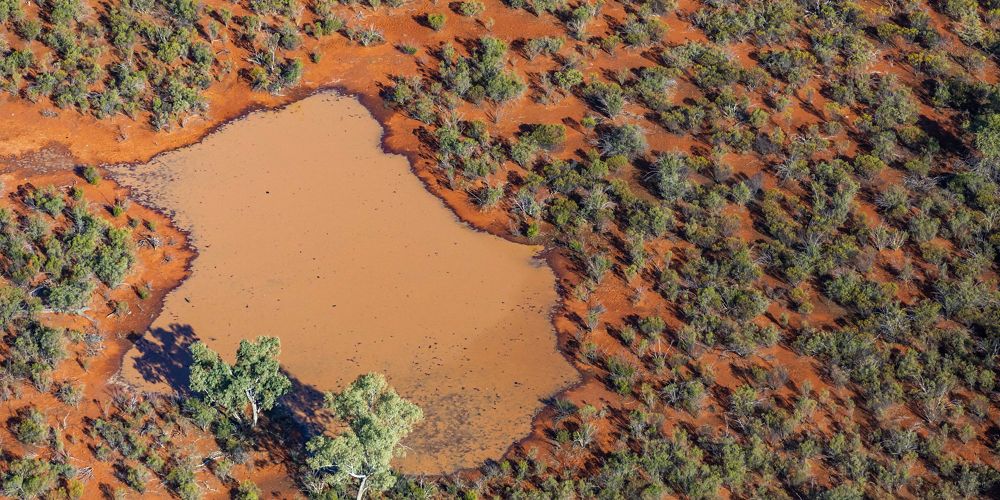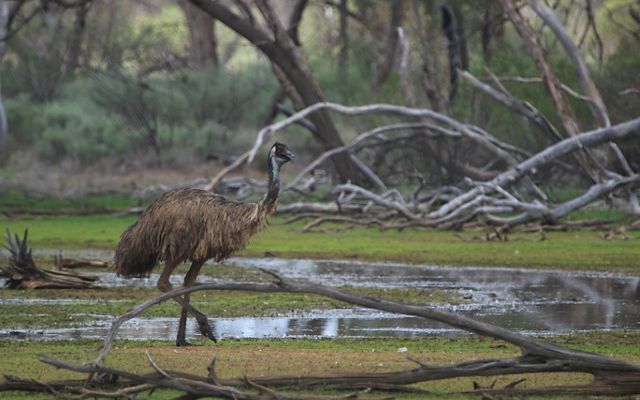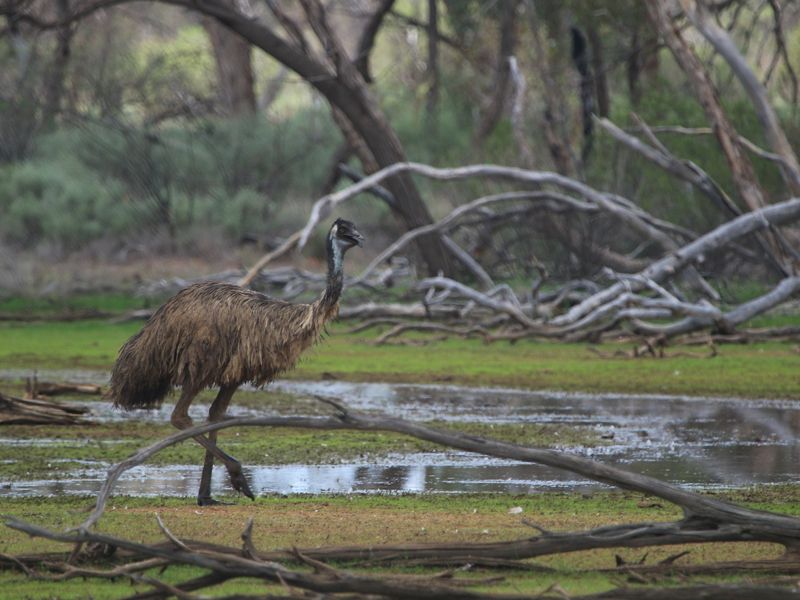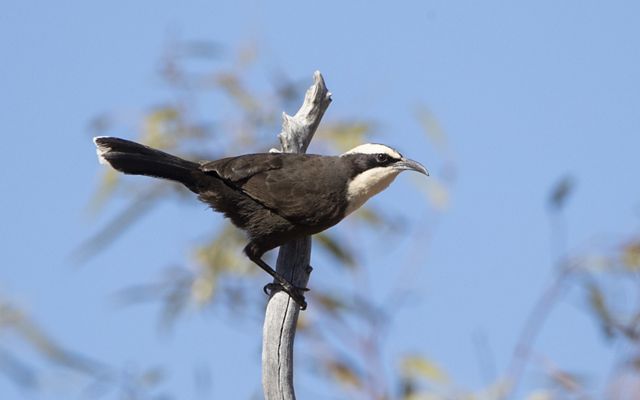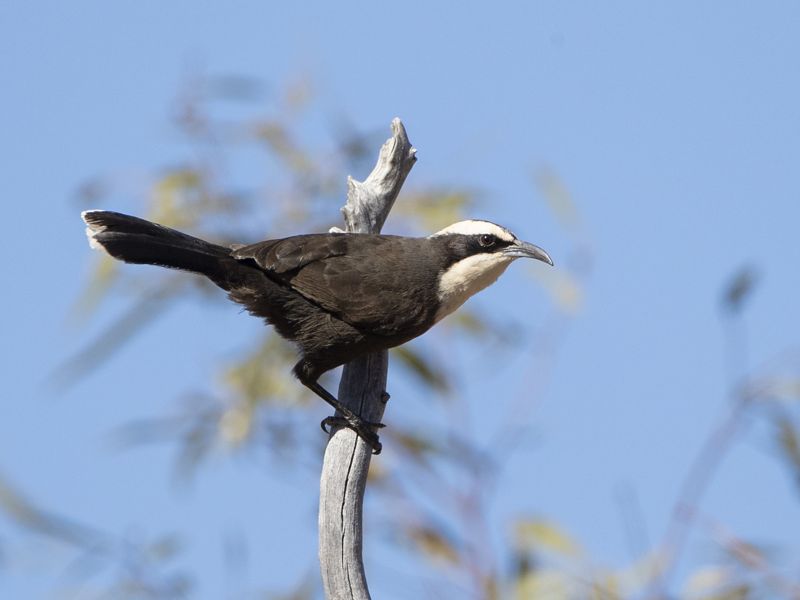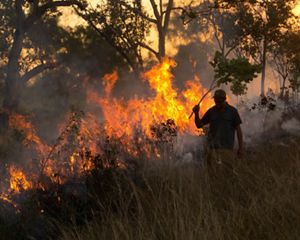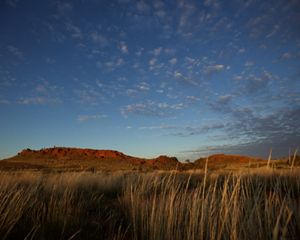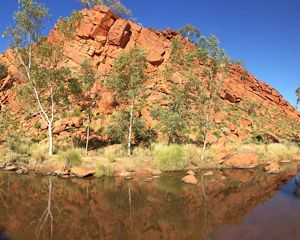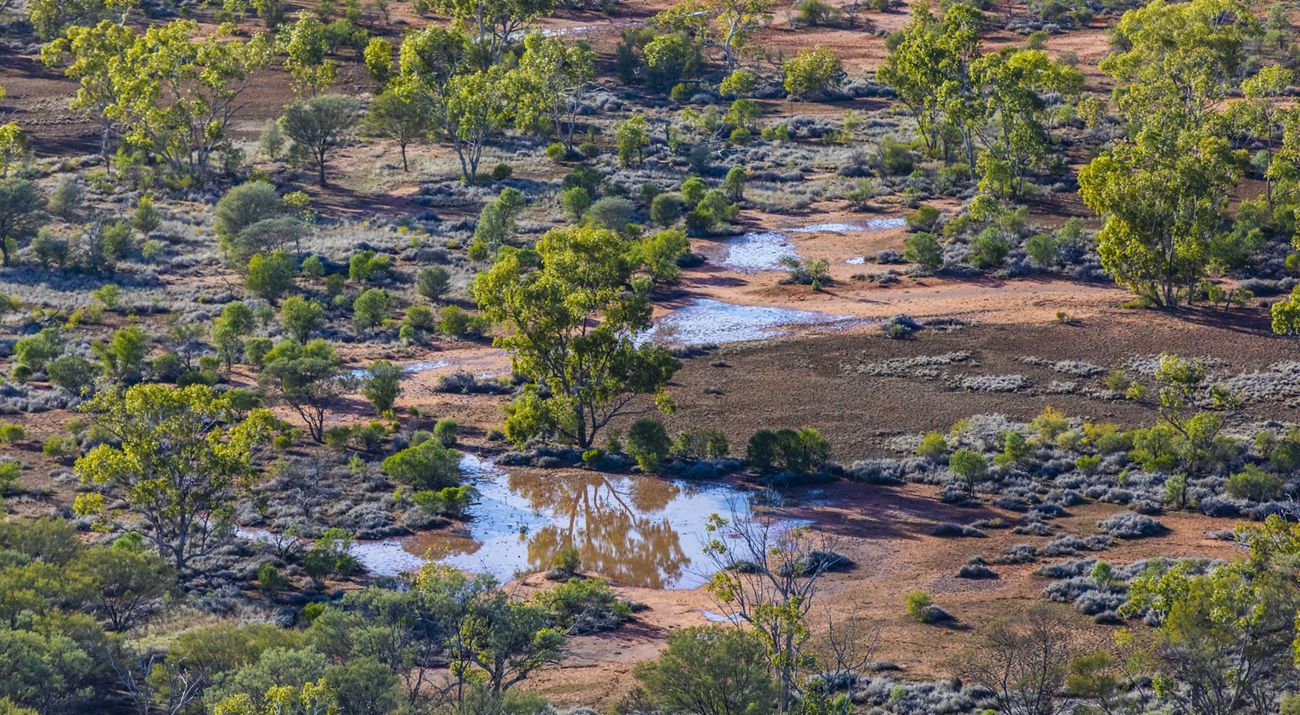
Cuttaburra National Park
The park represents a protected oasis in for biodiversity in the Outback.
In July 2023, The Nature Conservancy Australia, with generous contributions from the Wyss Foundation and Holdfast Collective, Patagonia’s nonprofit shareholder, supported the acquisition of Comeroo Station by the New South Wales Government. The protection of Comeroo as Cuttaburra National Park adds 37,423 hectares (92,000 acres) of high conservation value land to Australia’s network of protected areas.
A biodiversity oasis in NSW
Located approximately 150 km northwest of Bourke in outback New South Wales, Cuttaburra National Park contains a diversity of habitats including alluvial floodplains, swamps, permanent waterholes and wetlands, which support a variety of plants and animals, including three New South Wales and nationally endangered ecological communities.
The first fauna survey completed recorded an impressive 158 native species, including the threatened eastern fat-tailed gecko, hall’s babbler and yellow-bellied sheath-tailed bat.
Creating a corridor for biodiversity
The protection of Cuttaburra National Park also builds connectivity with Brindingabba National Park and other private protected areas in the region, and enables wide ranging animals and plants to move and adapt to changing environmental conditions, forming a corridor of more than 90,000 hectares (222,000 acres).
Increasing protection of under-represented ecosystems, protecting sites of high biodiversity value and increasing connectivity between protected areas are some of the key scientific principles underpinning a successful strategy to protect Australia’s unique biodiversity.
Visit our Australia website to read more on Cuttaburra National Park and other protection success stories.
Stay in Touch
Get the latest updates on our work. Learn about how we're conserving Australia's lands and waters through project updates and receive fun quizzes and other great information.
